Signs Your Home Is Under-Insulated

Currently, the majority of existing homes in the United States are under-insulted. There are numerous reasons why a home might not have sufficient insulation. Perhaps the insulation material simply wore down over time, was damaged due to flooding, or maybe your home was built before the 1980s when there weren’t any insulation regulations in place. In any case, it’s important to ensure your home has ample insulation to prevent discomfort, home damage, and costly energy bills. To determine if your home could use more insulation without having to tear down your walls, keep an eye out for these signs your home is under-insulated.
Is That a Ghost?
Some people associate cold spots in a home with the presence of something paranormal. But before you get the Ghostbusters on the line, you should consider having your home’s insulation checked. In most cases, temperature dips simply indicate poor insulation.
When your insulation isn’t up to snuff in certain areas of your home, cold air can seep inside while warm air seeps out. As a result, you’ll likely notice temperature inconsistencies throughout your house. To rectify this issue, make sure your entire house is evenly insulated.
Climbing Energy Bills
Another common indication that your home isn’t properly insulated is that your energy bills begin to climb. Insulation is designed to prevent the flow of heat into and out of a home. If the insulation material has become damaged or its quality has degraded over time, it won’t be able to accomplish this important task. As a result, any temperature-controlled air from your heating or cooling system will simply seep right out of your home as though you were trying to fill a strainer up with water. Because temperature-control systems are already the largest consumers of energy in most homes, forcing them to work even harder to keep your home at a comfortable temperature can have a considerable impact on your monthly energy bill. To keep utility costs as low as possible, make sure your home has an ample amount of quality insulation.
Always Feeling Too Hot or Too Cold
When the temperature-controlled air in your home constantly seeps out, your heating or cooling system might not have enough power to keep it at a comfortable temperature. Despite working at full-blast, your heating or cooling system simply may not be big enough to account for the constant loss of the hot or cool air that it produces. As a result, you will likely have to suffer through always feeling uncomfortably warm or cold while also paying top dollar on your electricity bill. To break out of this unfair cycle, have your insulation inspected and upgraded.
Heating and Cooling System Maintenance Issues
Building off our last point, poor insulation can put a lot of additional stress on your heating and cooling system. As the temperature control unit struggles to keep your home comfortable while air constantly seeps out of it, the unit will have to work even harder than usual. By operating continuously at full blast, your system will start to incur a significant amount of wear and tear over time. As a result, you will likely begin to experience frequent and premature heating and cooling system maintenance issues.
If you find yourself constantly calling a specialist to fix your temperature control unit, you should consider getting an insulation professional on the line as well. In doing so, you can address the source of the problem and avoid having to replace one of the most expensive appliances in your home—typically to the tune of several thousands of dollars.
Ski Slopes on the Edge of Your Roof
If you live in a colder climate that experiences snow and freezing temperatures, keep an eye out for ice dams. Ice dams refer to walls or slopes of ice that begin to form at the edge of a roof due to poor attic insulation. When the insulation in one’s attic is not sufficient, warm air from the home will leak out through the roof and melt any snow or ice on top of it. As the snow and ice melt, it will slide down the roof before ultimately re-freezing when it reaches the colder area at the edge. Eventually, a dam of ice will form at the end of the roof, where the melted water continuously refreezes. Such a wall will further prevent melted water from running off your roof and instead cause it to pool in the middle. As water pools, it can increase the potential for roof leaks as well as place added stress on the roof, which can cause sagging and even a collapse. To prevent such negative impacts, make sure to keep a lookout for ice dams and upgrade your insulation if you see them start to form.
Chilly Walls, Floors, and Ceilings
Another sign your home is under-insulated is that your interior walls, floors, and ceilings are cool to the touch. Ideally, the walls, floors, and ceilings inside your home should be room temperature or just slightly cooler. If they feel downright chilly, your insulation likely isn’t sufficient enough to prevent cold outside air from infiltrating your home. If you’re suspicious that your current insulation isn’t doing its job, run your hand over these areas of your home to determine if they have a normal temperature.
Infestations Abound
In addition to blocking the flow of hot or cold air into and out of a home, insulation serves other purposes as well. For example, many types of insulation materials serve as an effective barrier for various types of pests. Because insulation essentially blocks any nooks and crannies in your walls, floor, and ceiling, it makes it much more difficult for pests such as rodents or bugs to sneak their way in. As such, if you notice that little critters have started scurrying around your space, you should check to make sure your insulation isn’t to blame.
For an insulation company that you can trust, look no further than Paragon Protection, the leading spray foam insulation contractor in McHenry and the greater Chicago area. For over 15 years, we have provided exceptional insulation services to our clients at competitive prices. To learn more about our insulation options, contact us today.
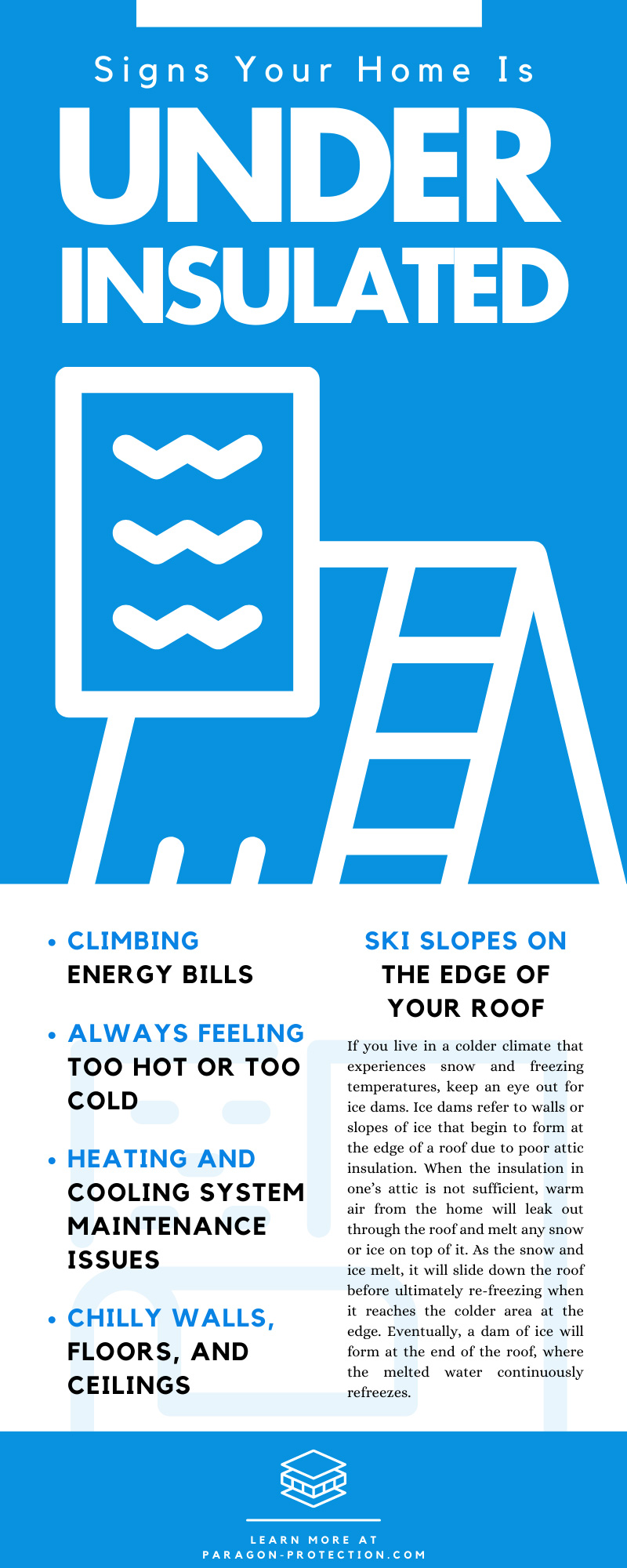

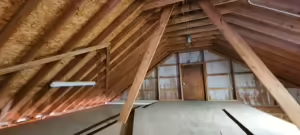
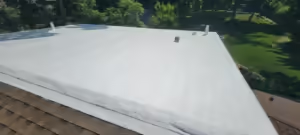
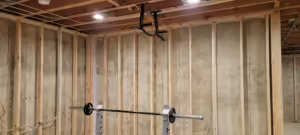
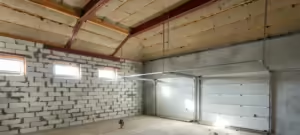
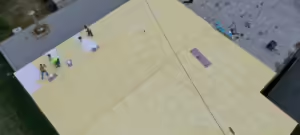
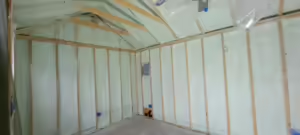
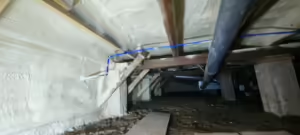
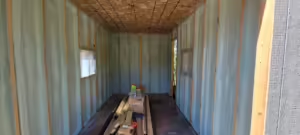
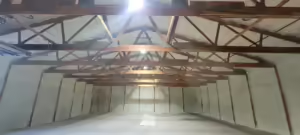
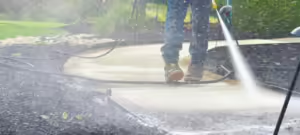
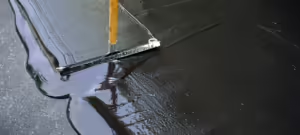
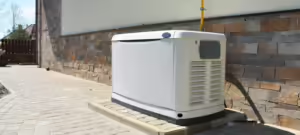
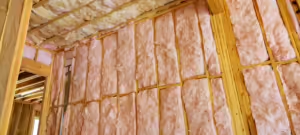
 Professional Insulation Services
Professional Insulation Services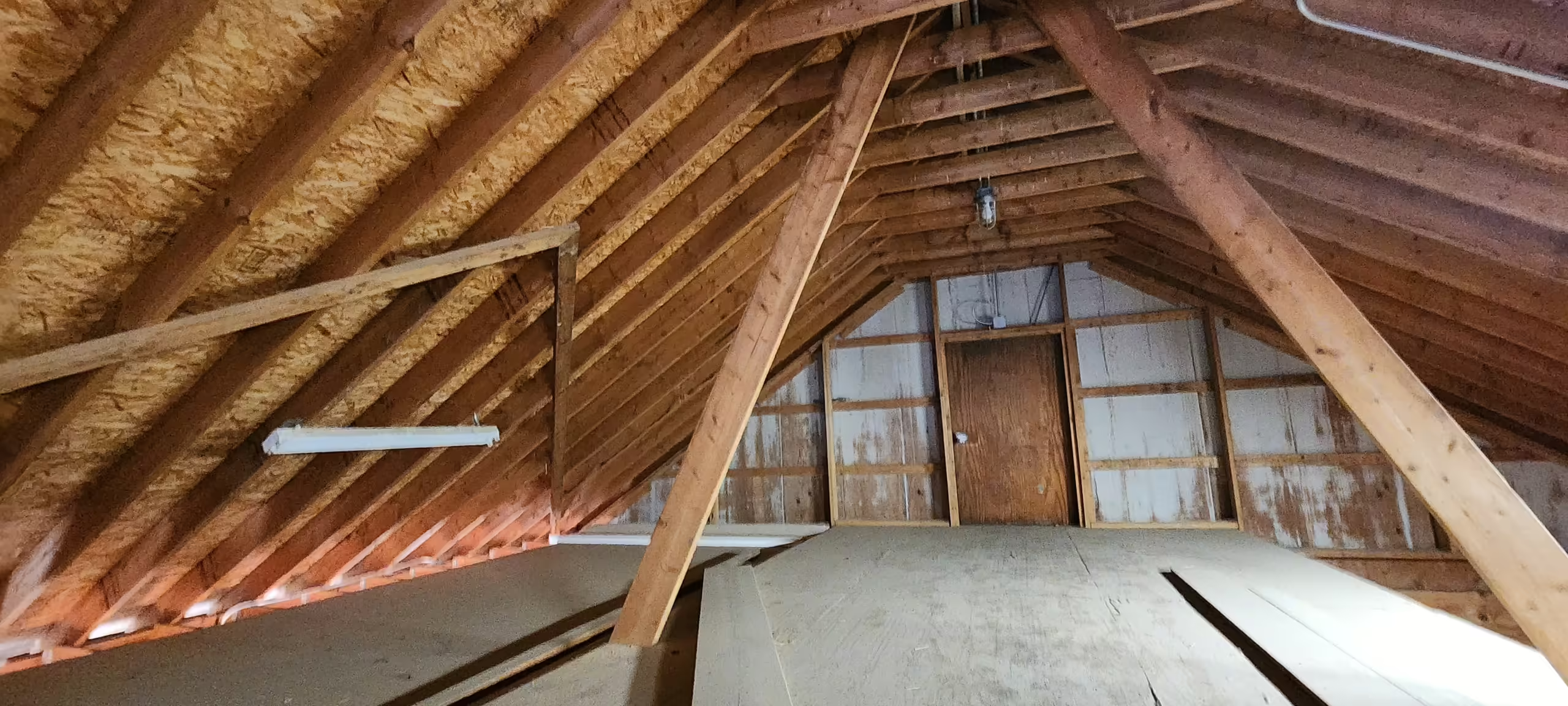 Attic Insulation Services
Attic Insulation Services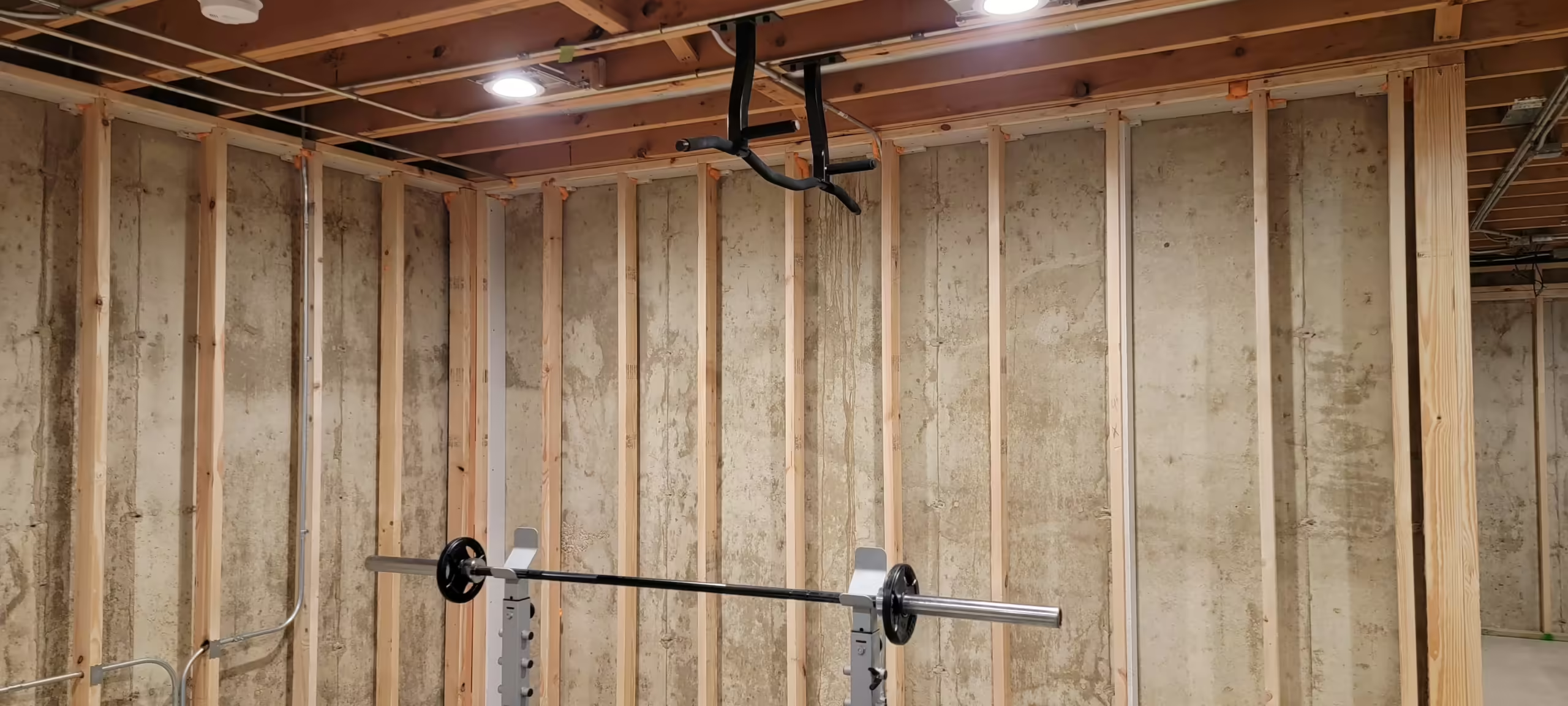 Basement Insulation
Basement Insulation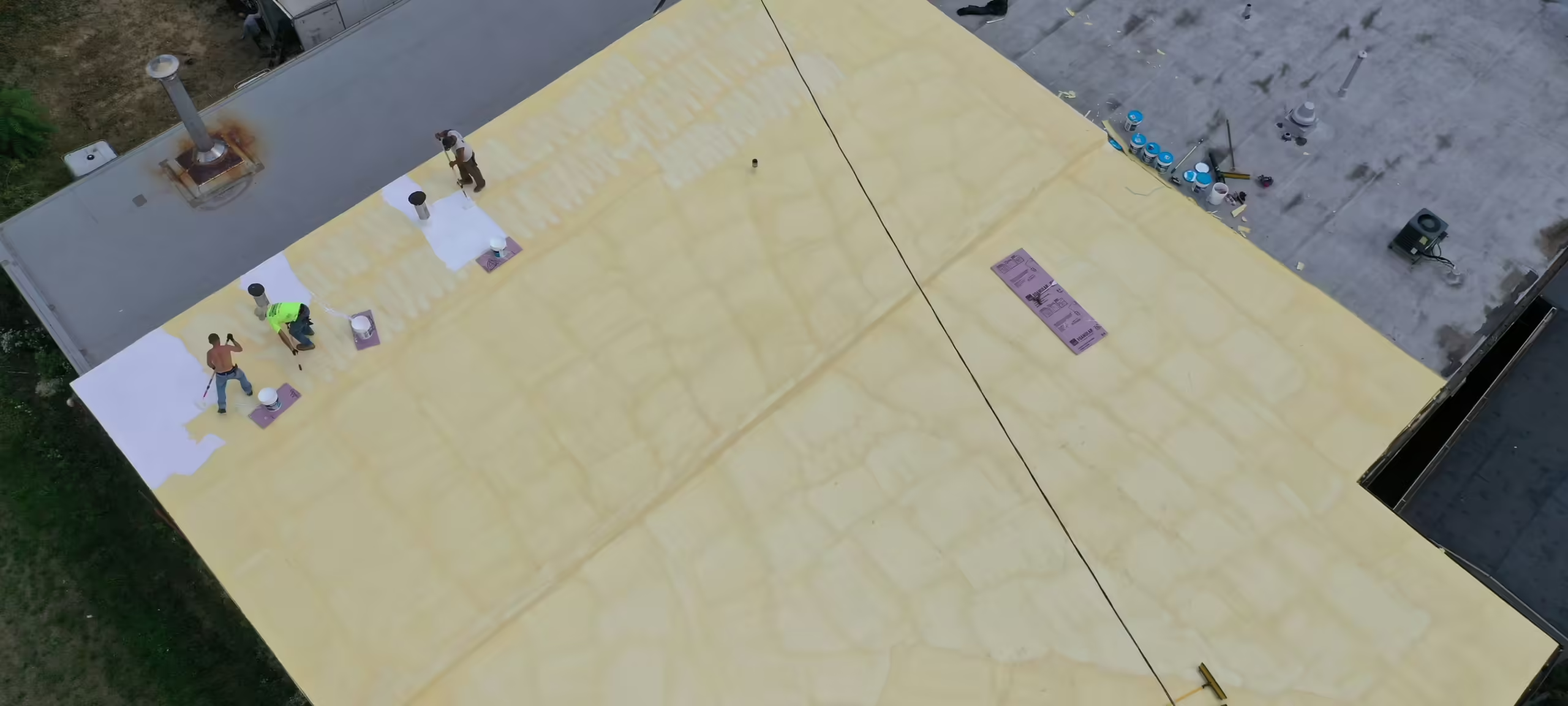 Commercial Insulation
Commercial Insulation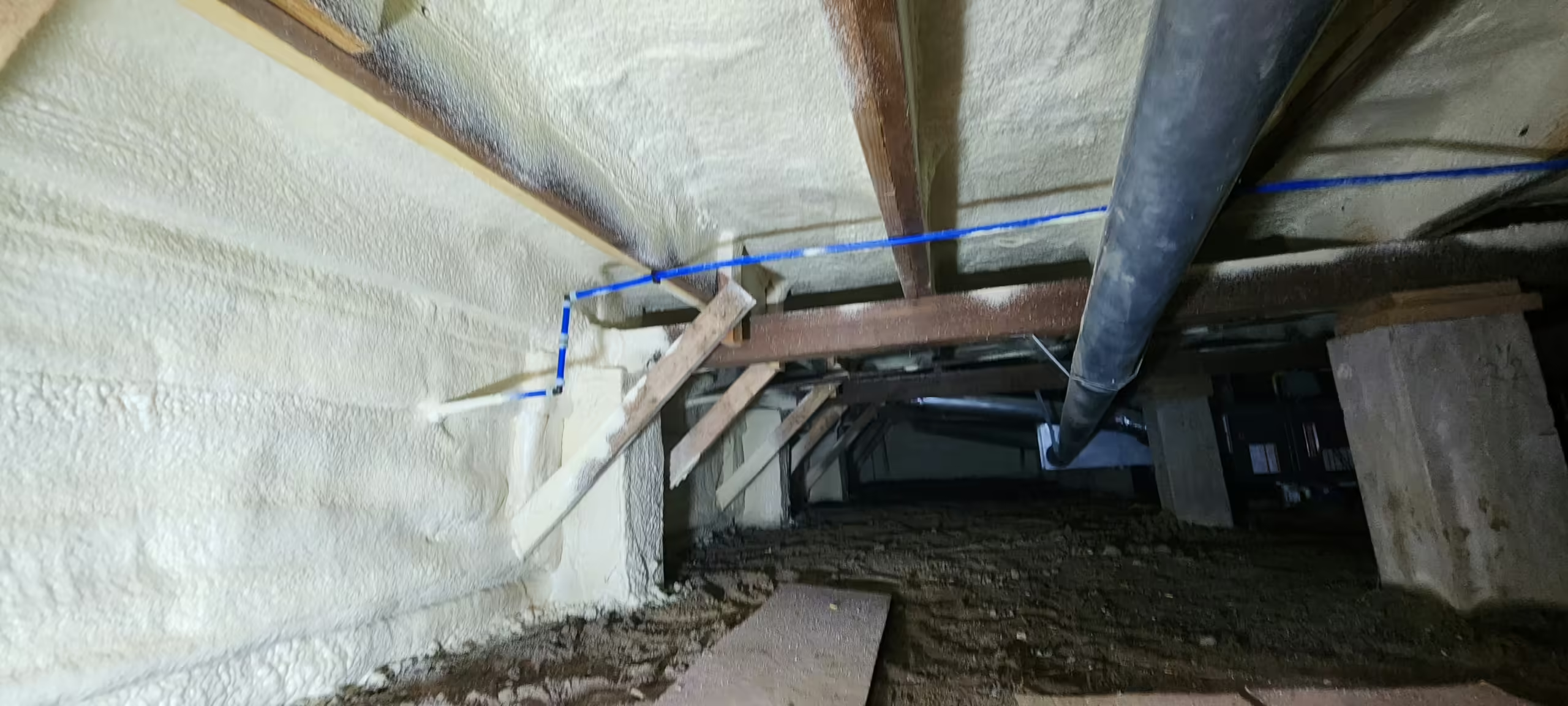 Crawl Space Insulation
Crawl Space Insulation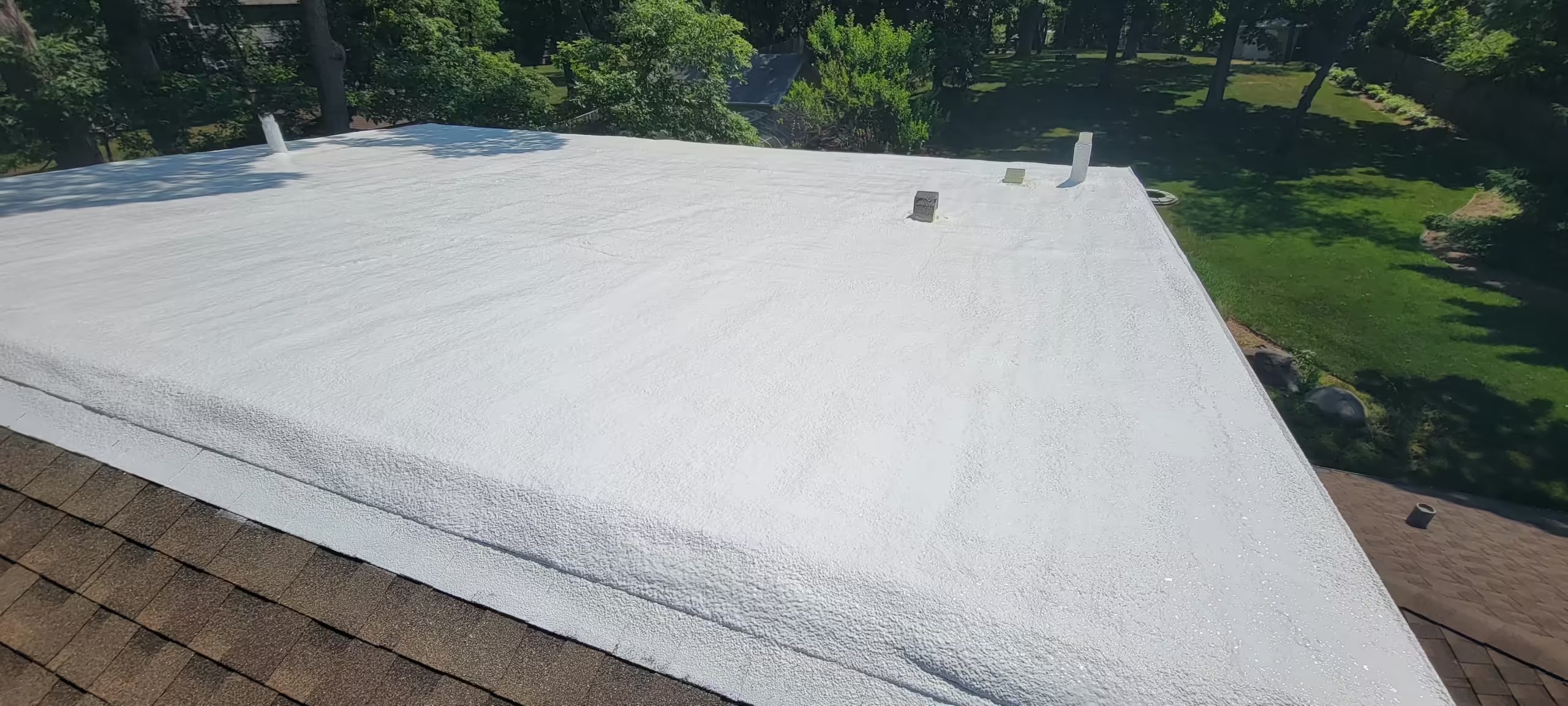 Exterior Wall Insulation
Exterior Wall Insulation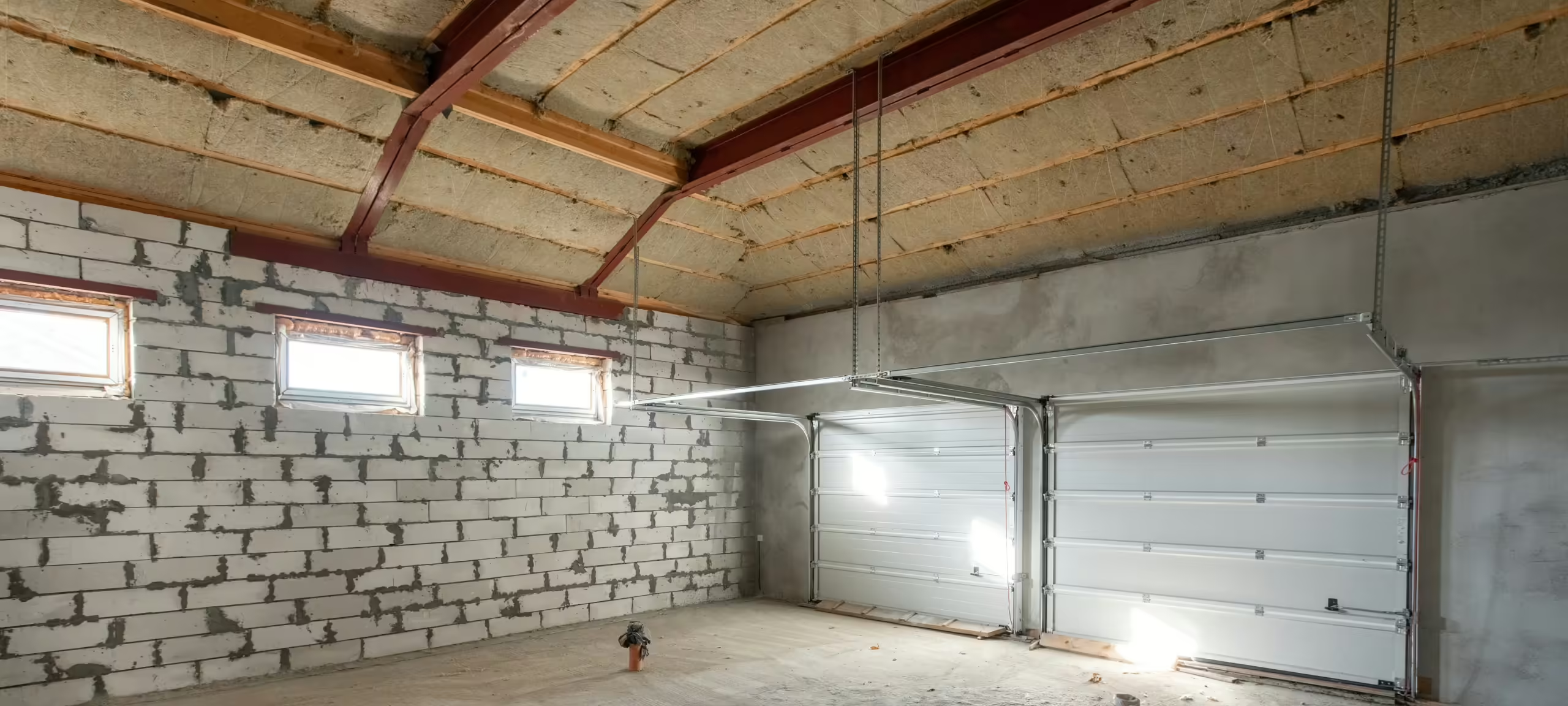 Garage Insulation
Garage Insulation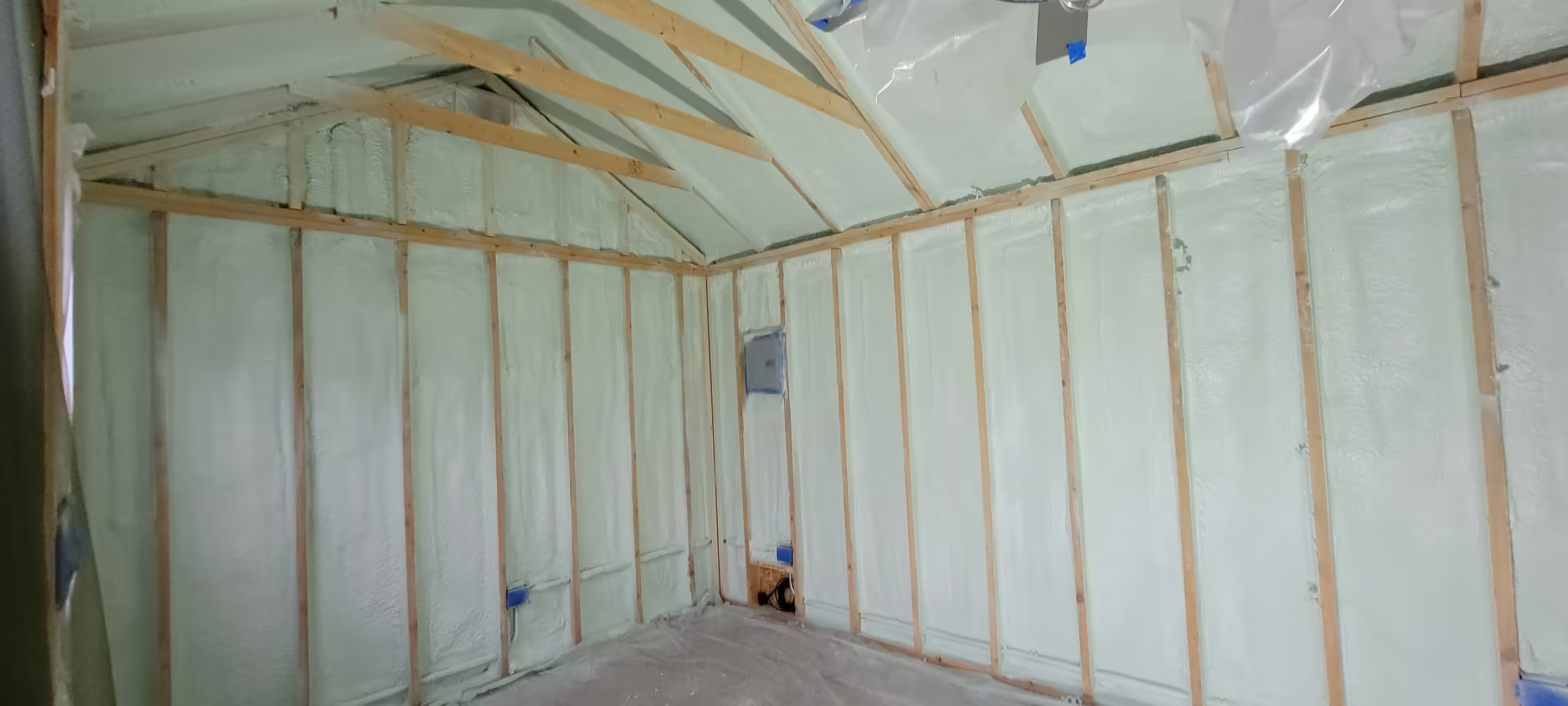 Interior Wall Insulation
Interior Wall Insulation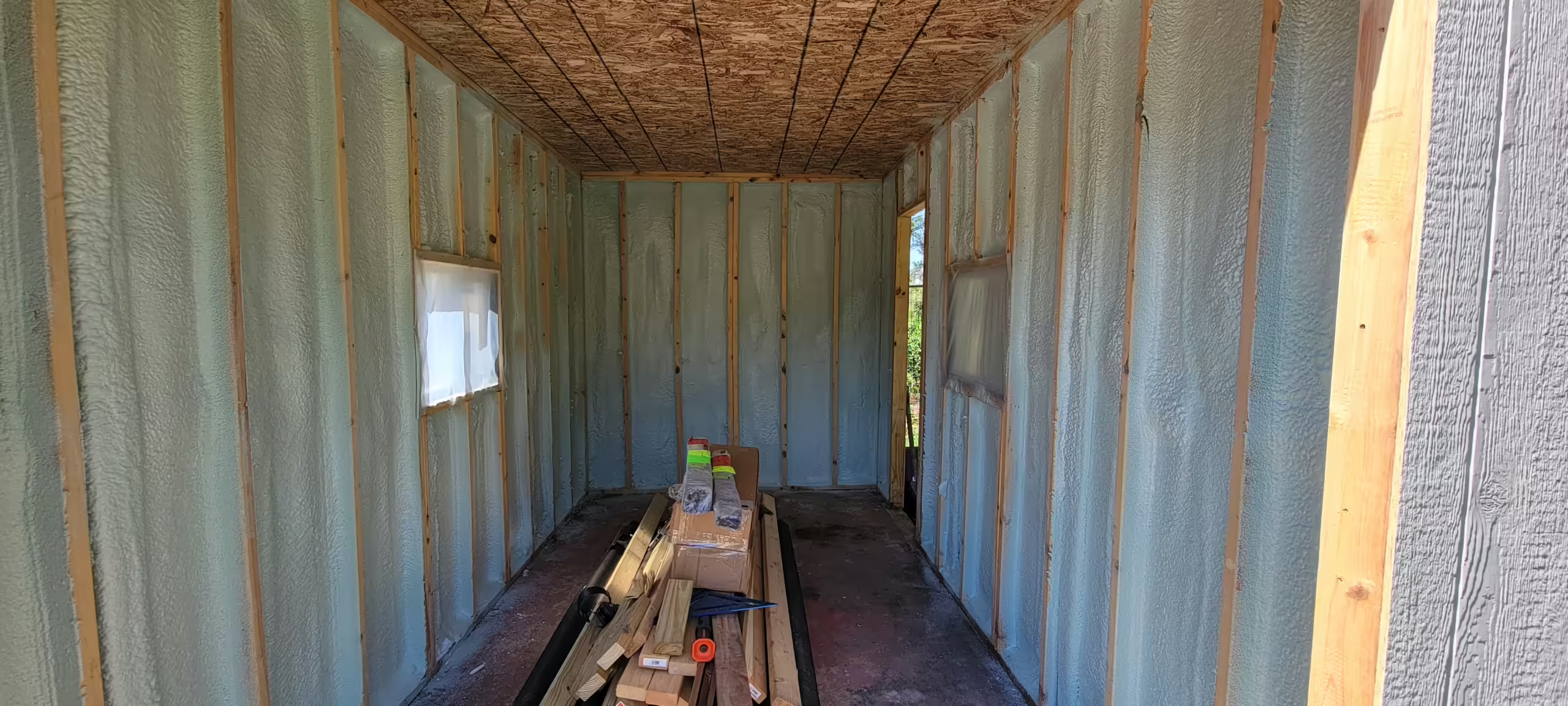 Shed Insulation
Shed Insulation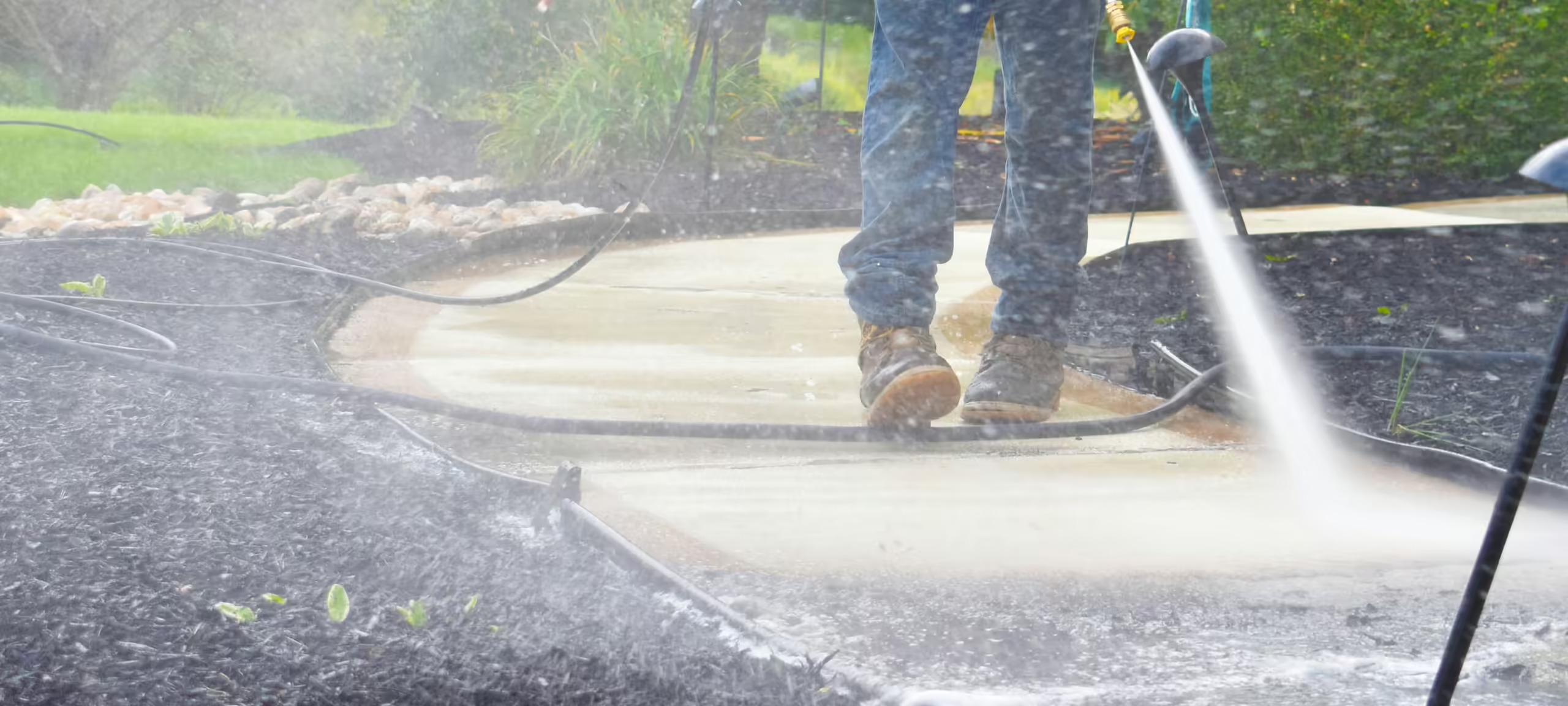 Power Washing
Power Washing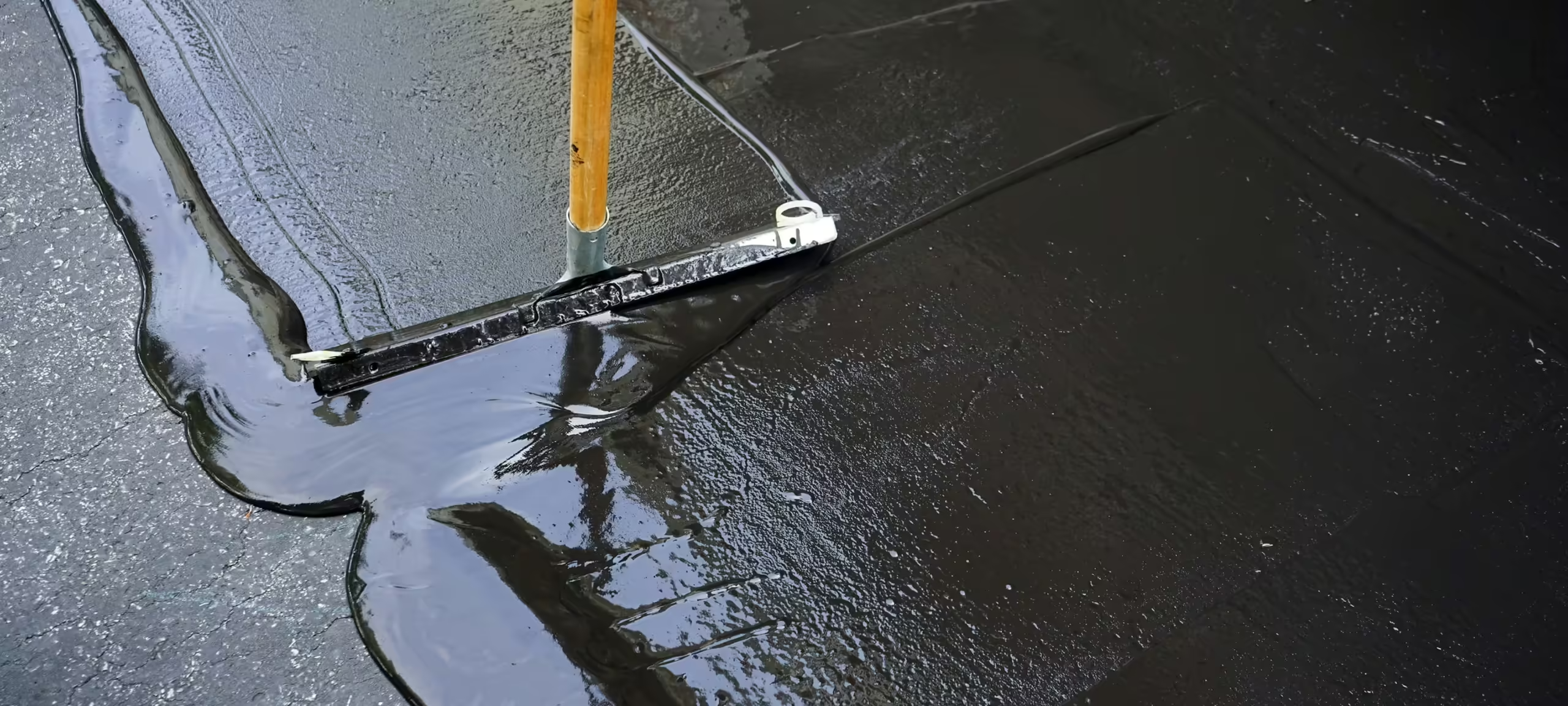 Sealcoating
Sealcoating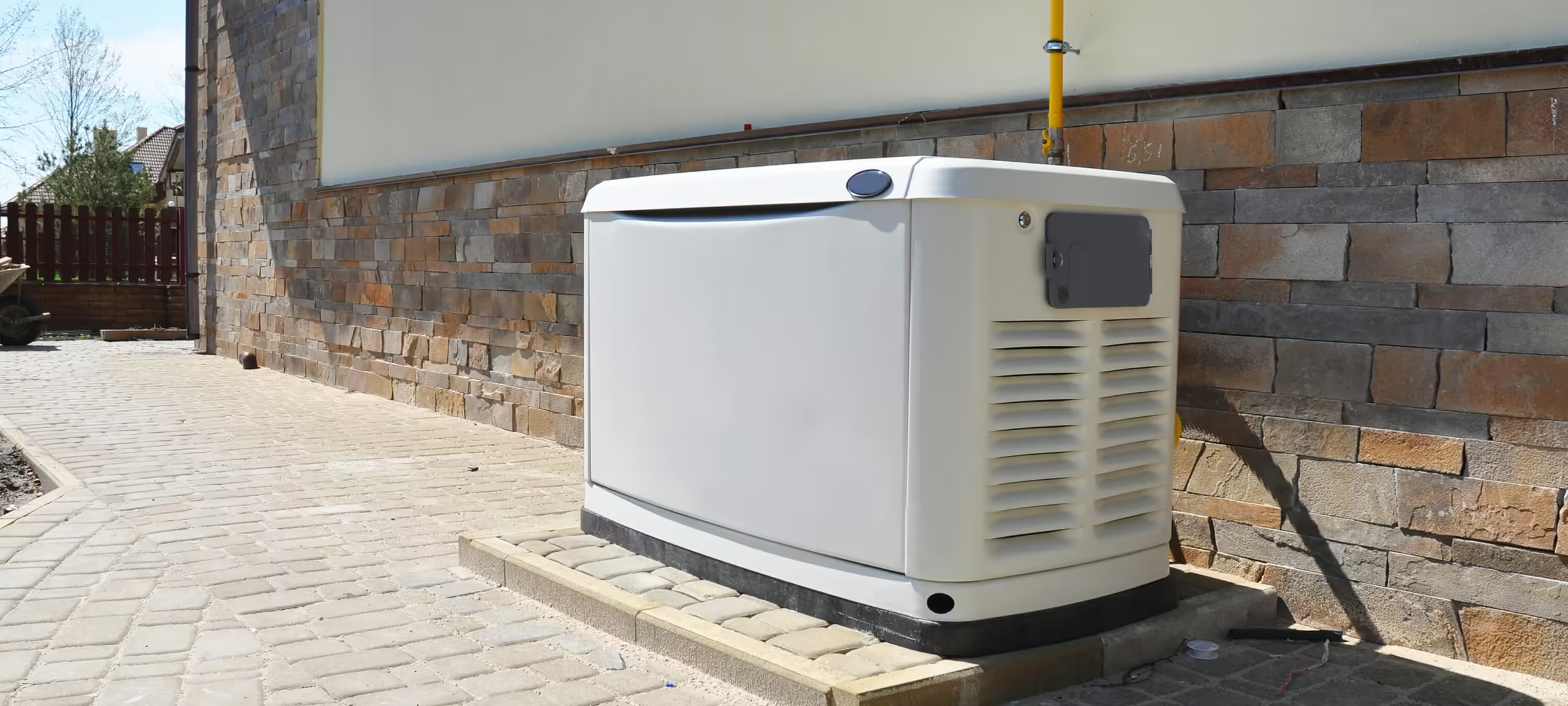 Backup Power Generators
Backup Power Generators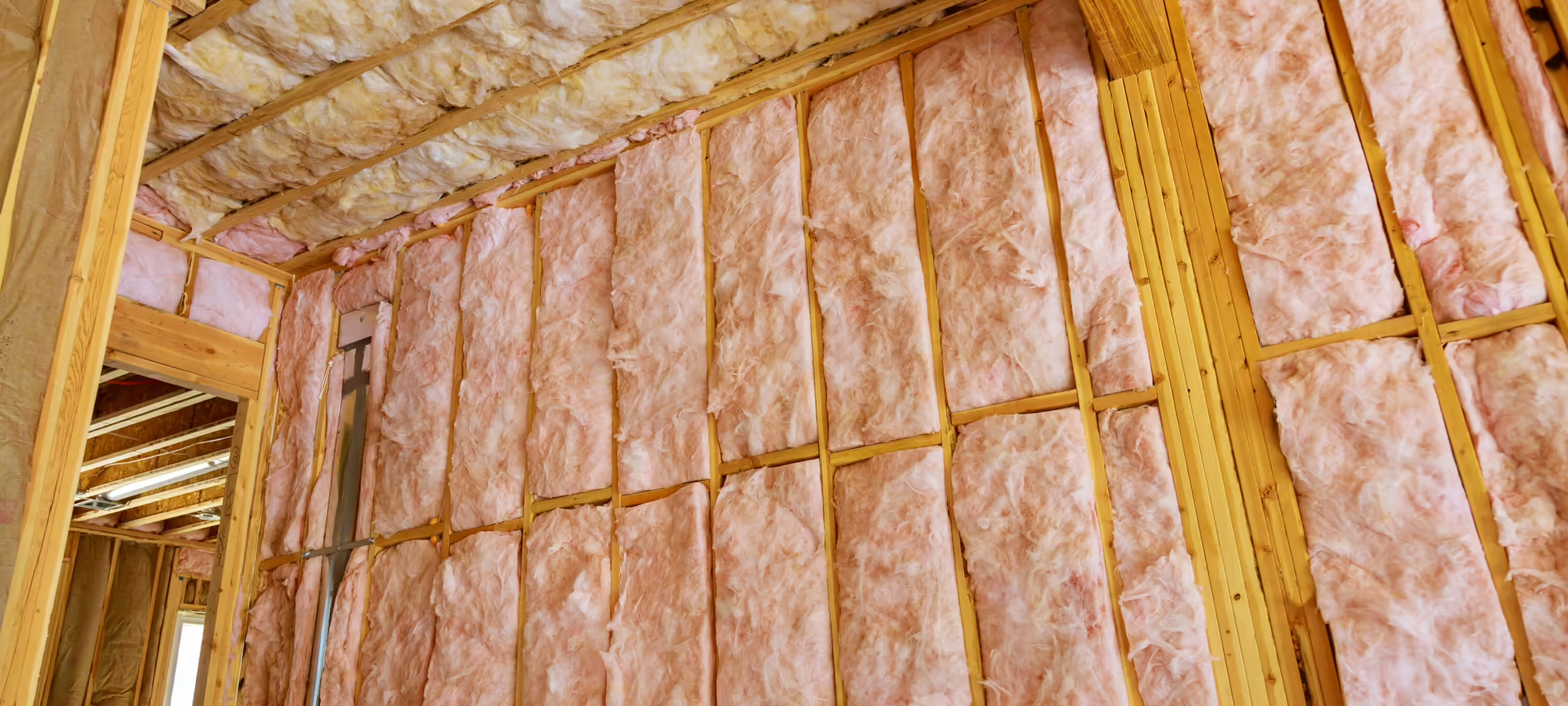 Insulation Removal Service
Insulation Removal Service Lake County Insulation
Lake County Insulation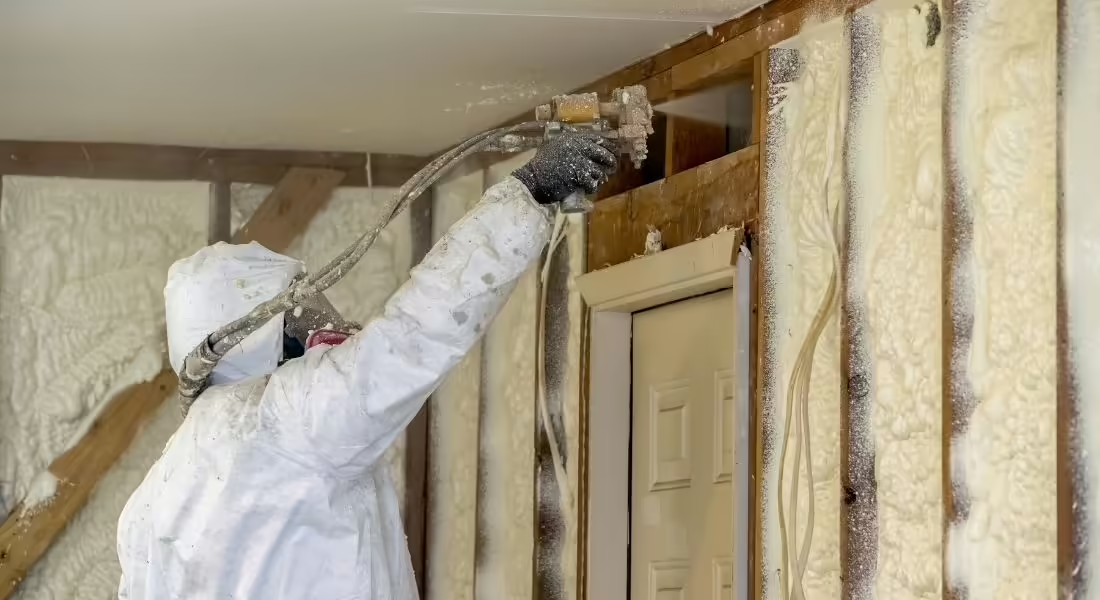 Spray Foam Insulation Guides
Spray Foam Insulation Guides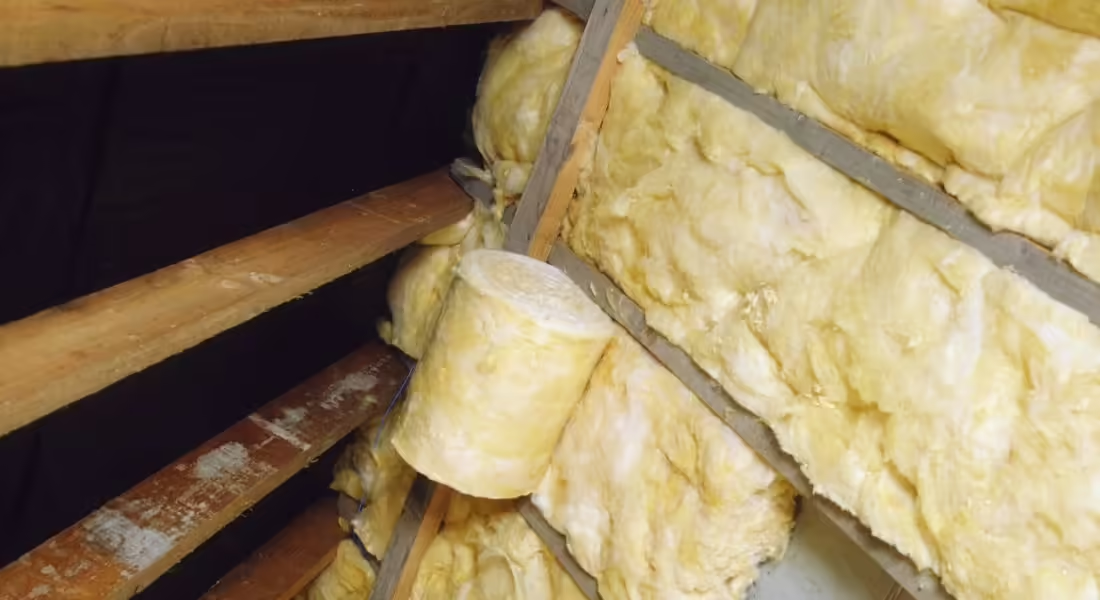 Insulation Guide
Insulation Guide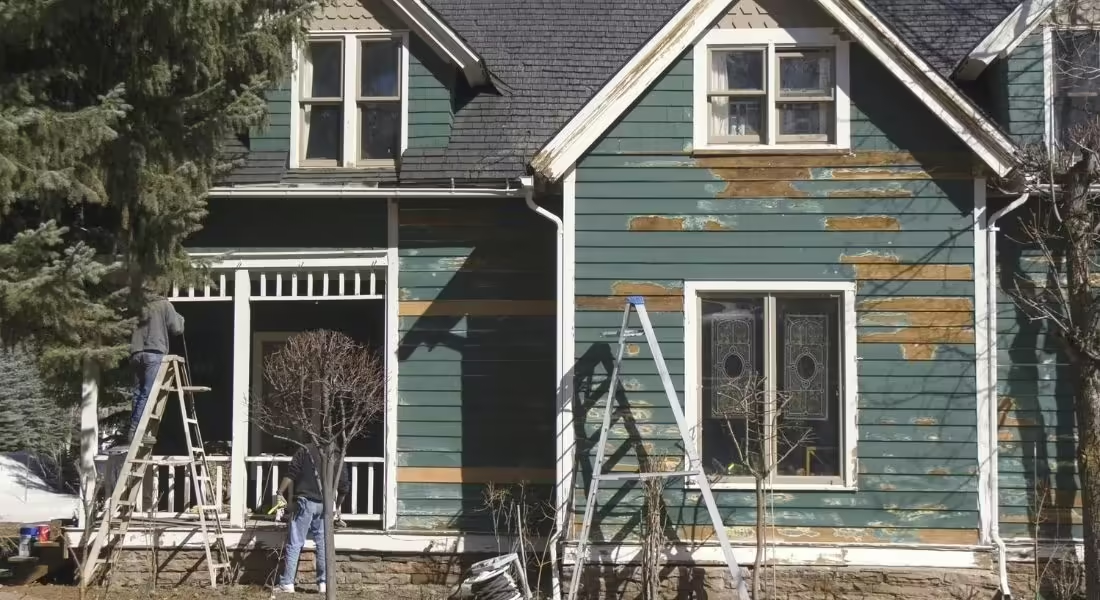 Home Improvement & Maintenance Guide
Home Improvement & Maintenance Guide